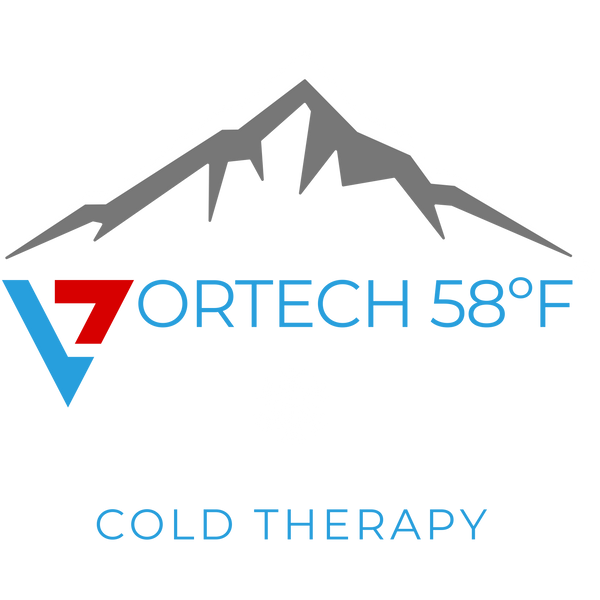The concept of cold therapy, also known as cryotherapy, has been used for centuries to alleviate pain and reduce inflammation. While it is difficult to attribute its invention to a single individual, Hippocrates, the ancient Greek physician, was known to use cold treatments to treat various conditions. In modern times, the use of cold therapy has evolved, and various techniques and devices have been developed to apply controlled cold to specific areas of the body.
Cryotherapy, the practice of using extreme cold temperatures for therapeutic purposes, has its origins in Japan. In the late 1970s. Dr. Toshima Yamauchi, a Japanese rheumatologist, developed a method called “whole-body cryotherapy” (WBC), which involved exposing the body to very low temperatures for a short period of time.
Dr. Yamauchi initially used cryotherapy to treat patients with rheumatoid arthritis, observing that the extreme cold helped reduce pain and inflammation. The practice gained popularity in Europe, particularly in Poland and Germany, where it expanded beyond rheumatology and started being used for sports recovery, rehabilitation, and general wellness.
Since then, cryotherapy has spread globally, with dedicated cryotherapy clinics and facilities offering treatments to individuals seeking its potential benefits, such as reduced inflammation, increased energy, and improved recovery. It’s important to note that while cryotherapy has gained popularity, scientific research on its effectiveness and long-term effects is still ongoing.
Cryotherapy, specifically whole-body cryotherapy (WBC), was introduced to the United States in the early 2000s. The first cryotherapy machines used in the U.S. were developed by a company called Juka Cryosaunas. These machines were based on the European model and quickly gained attention for their potential health and wellness benefits.
Initially, cryotherapy in the U.S. primarily found its place in the realm of sports medicine and athletic recovery. Many professional athletes and sports teams started incorporating cryotherapy into their training and recovery routines.
Over time, cryotherapy expanded beyond the sports world and gained popularity among individuals seeking its potential benefits, such as reduced inflammation, pain relief, increased energy, and improved overall well-being. Cryotherapy centers and clinics offering whole-body cryotherapy and localized cryotherapy treatments started appearing across the United States, making the therapy more accessible to the general public.
Since its introduction in the U.S., cryotherapy has continued to evolve, with advancements in technology and a growing body of research exploring its applications and potential benefits.

